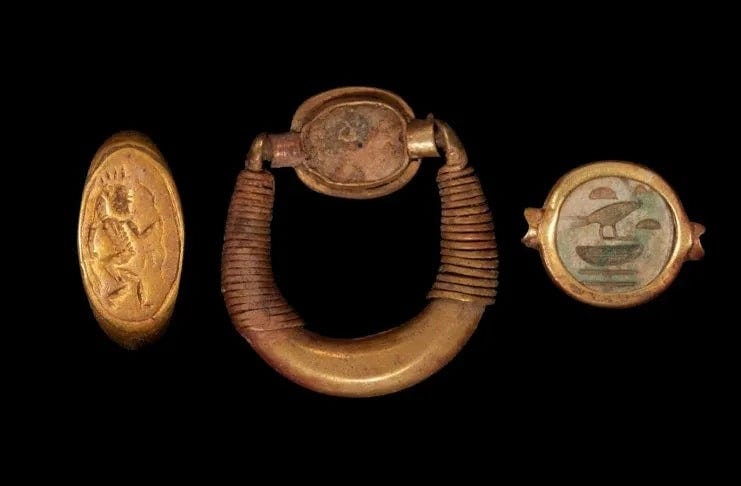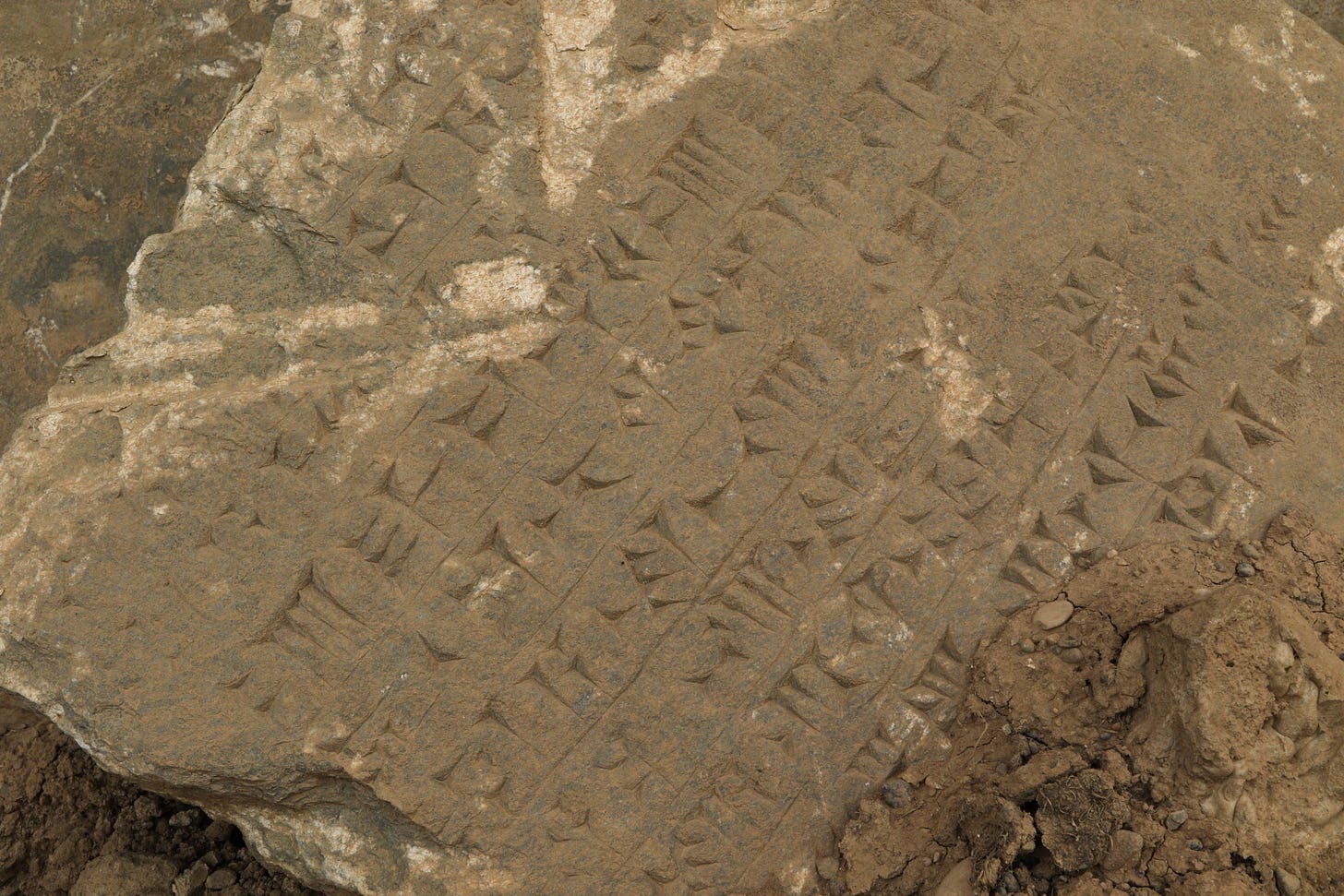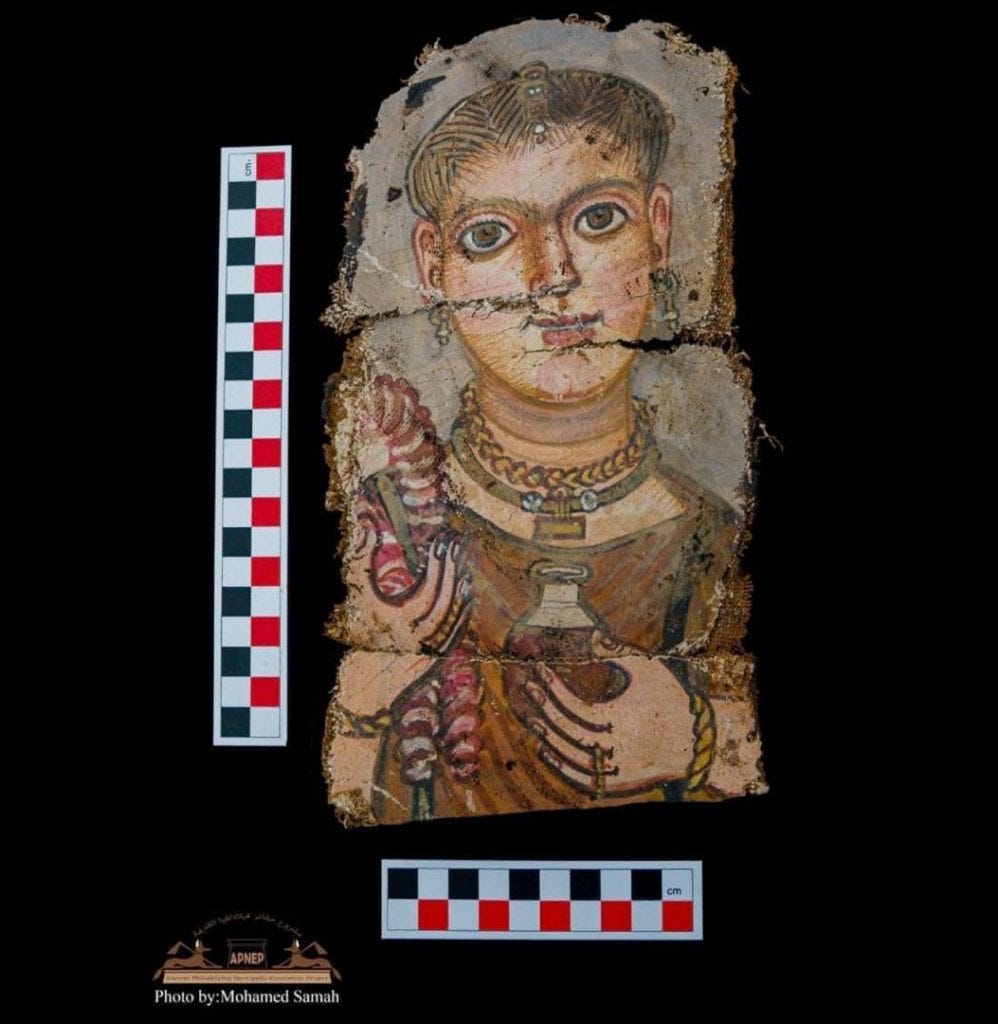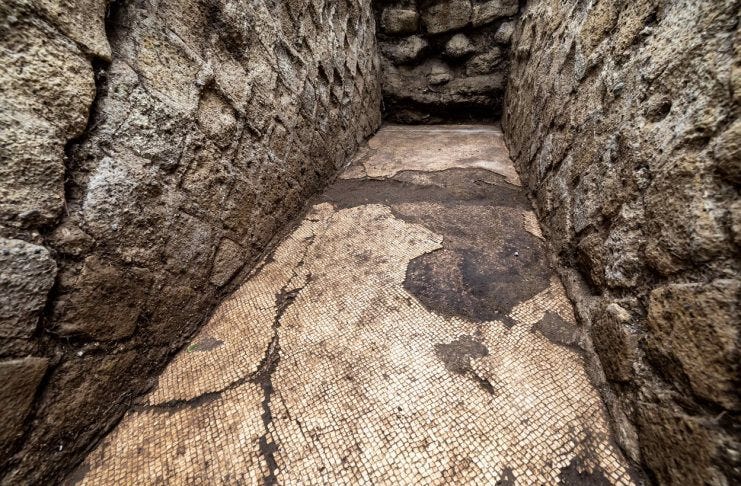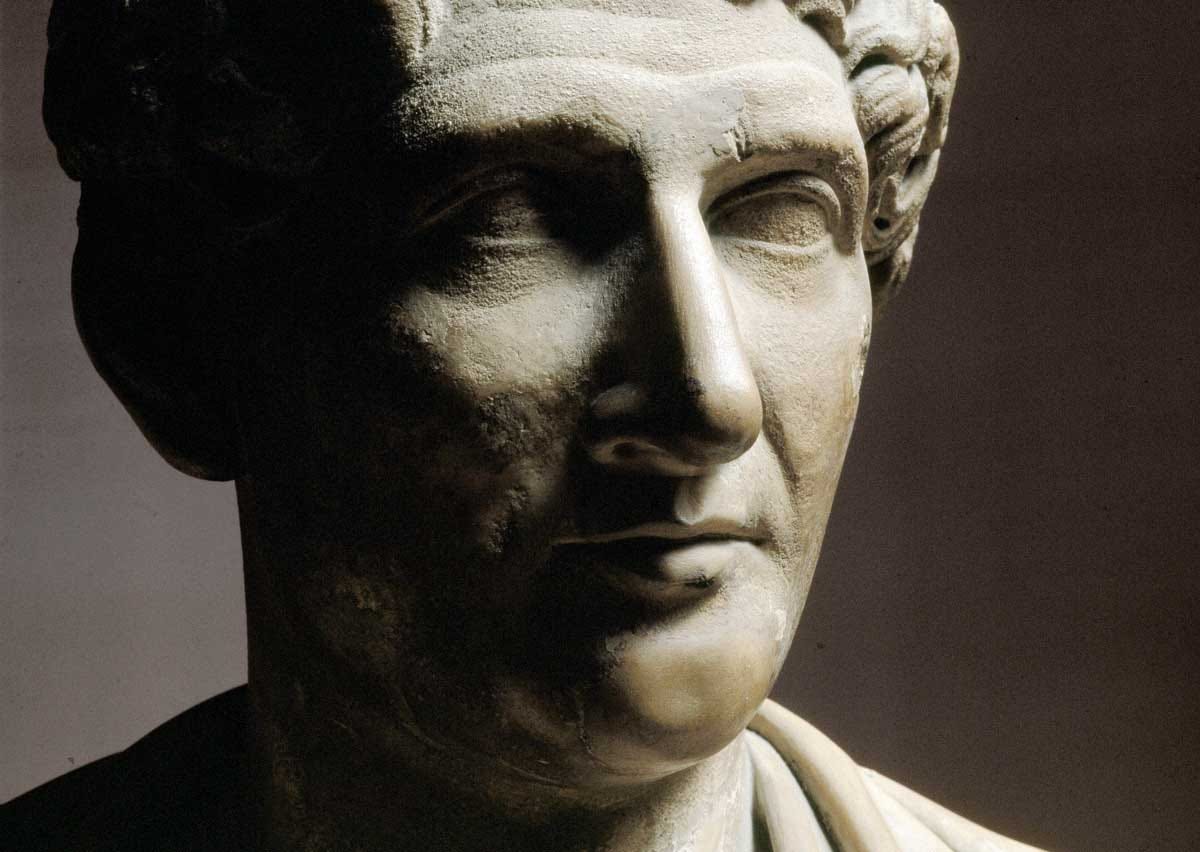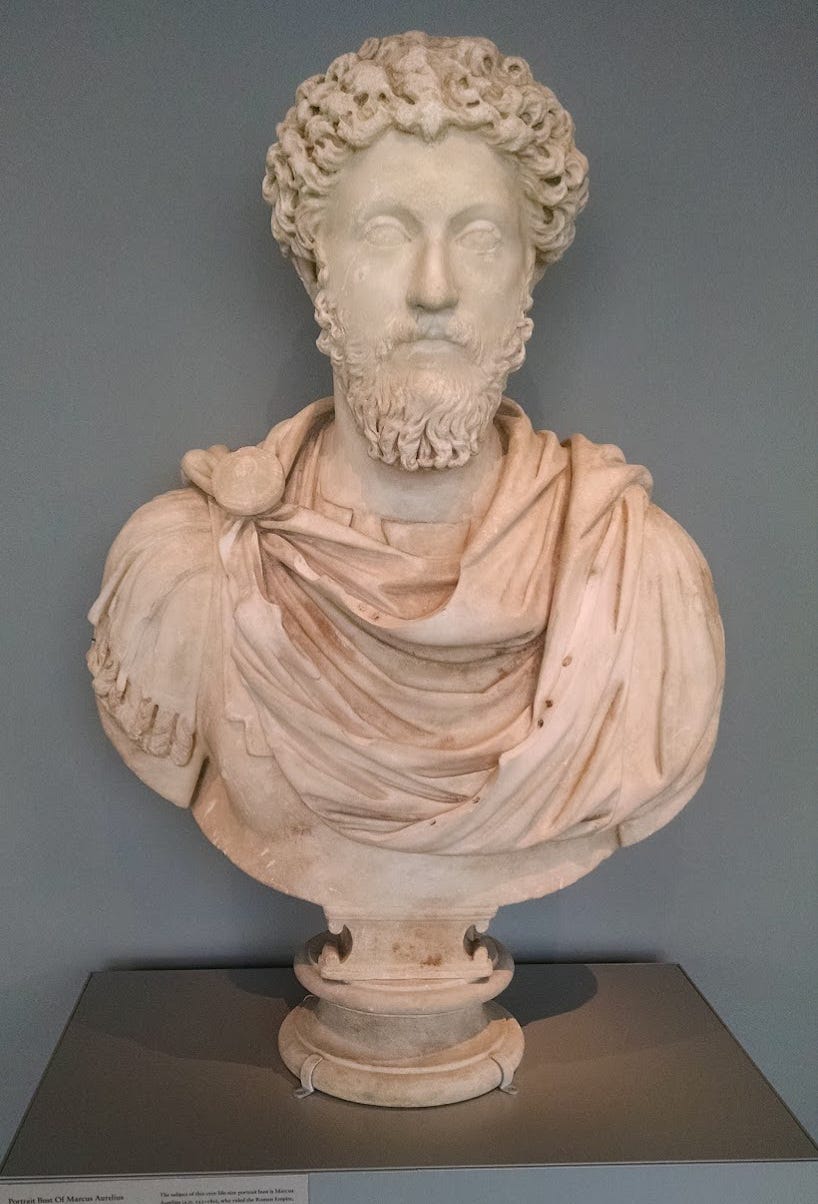In The Field…
Small Branding Irons Discovered In Egypt Leads to Theory of Branding Slaves
Reported by Live Science:
Small branding irons from ancient Egypt were likely used to mark the skin of human slaves, a new study suggests.
Several ancient texts and illustrations, as well as 10 branding irons dating to 3,000 years ago, suggest that ancient Egyptians branded slaves. These branding irons, actually made of bronze, are now in the collections of the British Museum and the Petrie Museum of Egyptian Archaeology at University College London.
3,500 Year-Old Jewelry Unearthed in Egypt
Archaeologists discovered a collection of ornate jewelry at the Tell El-Amarna necropolis on the Nile River’s eastern bank in modern-day Minya, Egypt. Finds comprises three rings and one necklace.
The necropolis was the burial ground for the city of Amarna, constructed in 1346 BC to serve as the capital city of the Pharaoh Akhenaten, the 10th ruler of the late Eighteenth Dynasty.
A team of Egyptian and English archaeologists discovered a young woman wrapped in textile and plant-fiber matting and buried wearing a necklace with petal-shaped pendants as well as three rings made of gold and soapstone during excavations at the Amarna North Desert Cemetery.
You can read more at Arkeonews.
Palace Door Threshold Discovered in Ancient Assyrian City of Nimrud
Archaeologists have discovered a 6.5-foot-high door threshold in the ancient Iraqi city of Nimrud. The threshold was found during the first major dig in the area since it was extensively destroyed by the Islamic State (ISIS) in 2016.
The door sill was found in the palace of the Assyrian king Adad-Nirari III, who reigned from 810 BCE–783 BCE.
Excavation at Gerza Unearthed the First Full-Color Portraits of Egyptian Mummies in More Than a Century
Egyptian archaeologists completing their 10th season of excavations at Gerza, 75 miles southwest of modern day Cairo, have announced the excavation of two full mummy portraits and further fragmentary portraits—the first unique examples of such paintings to meet daylight in more than 115 years. The team also turned up mummies, papyri, pottery, and coffins all dating back to Gerza’s founding as Philadelphia during the Ptolemaic period (305–30 B.C.E.) through the Roman era (30 B.C.E.—390 C.E.).
More information can be found at Artnet.com.
Ancient Mosaic Uncovered at Naples
Archaeologists from the University of Naples “L’Orientale” have uncovered an ancient mosaic in the Archaeological Park of Pausilypon.
The park is located in Posillipo, which during the Roman period was an elite quarter of Naples in present-day Italy. Posillipo is mentioned in ancient Greek and Roman sources, first named Pausílypon, meaning “respite from worry”.
You can read more at Heritage Daily.
Site News
Currently available are podcast episodes:
You can also listen to them on:
Quote Of The Month
Time, motion and wine cause sleep. - Ovid
Resources
Exhibits
She Who Wrote: Enheduanna and Women of Mesopotamia, ca. 3400–2000 B.C. at The Morgan Library & Museum
Artifact Of The Month
A portrait bust of the Roman ruler, Marcus Aurelius, made from marble and dating to between 170 - 180 CE. It is current on display at the Art Institute of Chicago. A stoic philosopher, Marcus Aurelius is considered to be the last ruler of the Pax Romana (an age of both peace and stability for the Roman Empire).





